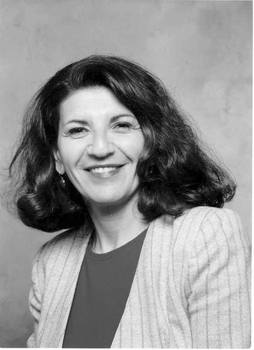Question
What is velopharyngeal surrender and why is it so important for the SLP to understand this concept?
Answer
Velopharyngeal surrender is a normal physiological phenomenon characterized by an open/inactive velopharyngeal (VP) port. This event is noticed when there is an absence of positive pressure in the oral cavity.
When is there an absence of positive pressure in the oral cavity?
The oral cavity is deprived of positive pressure when there is a communication between the oral cavity and nasal cavities (and the atmosphere through the nasal passages). Examples of conditions where there is deprivation of positive pressure intraorally are:
- when the VP port is deliberately opened (as with the production of nasal sounds)
- with an urepaired cleft palate
- with an open palatal fistula
- with velopharyngeal dysfunction where there is insufficient closure of the VP port due to pathology
A VP gap resulting from VP dysfunction would be a result of two factors a structural deficit, such as a short velum, and VP surrender. Before sending the individual with VP dysfunction for surgery, the VP surrender should be minimized. SLPs could address this, thus potentially decreasing the extensiveness of the surgery.
This Ask the Expert was taken from the course entitled: Compensatory Articulation Associated with Velopharyngeal Dysfunction.
Visit the SpeechPathology.com library to view all of our live, recorded, and text-based courses on a variety of topics.
Hl

